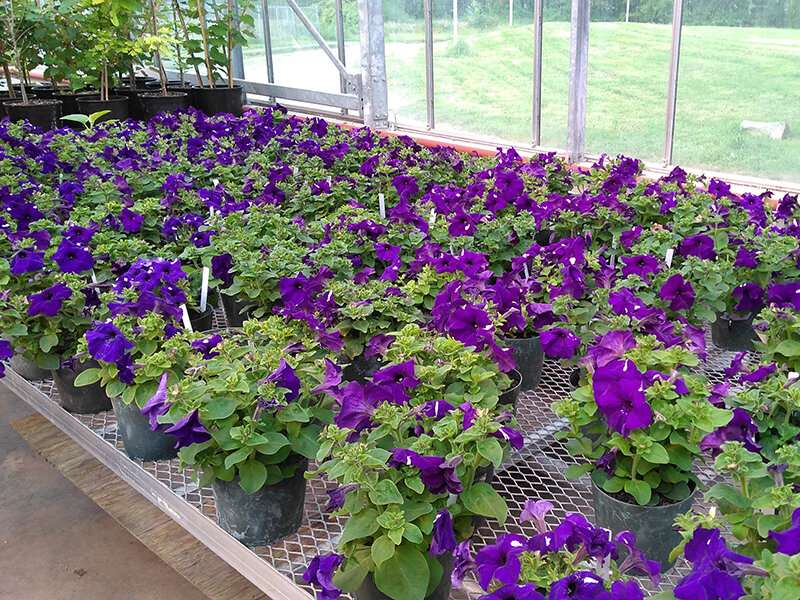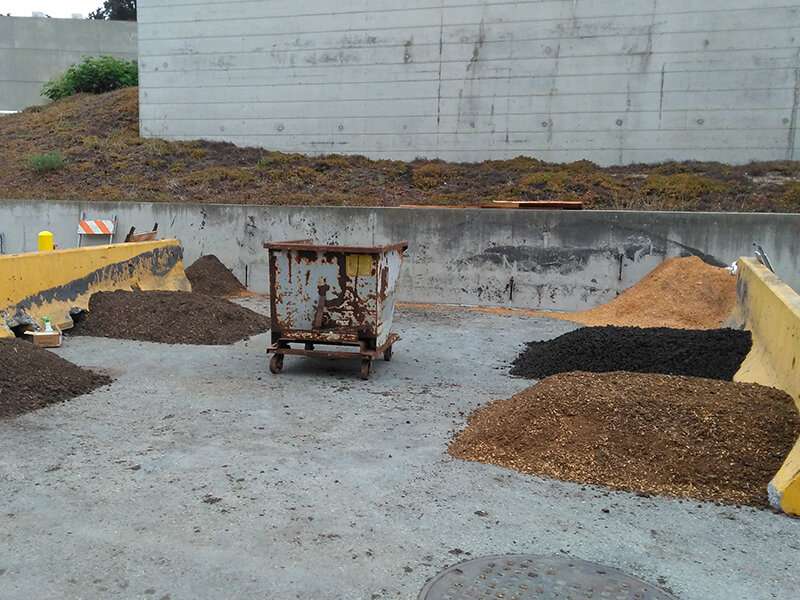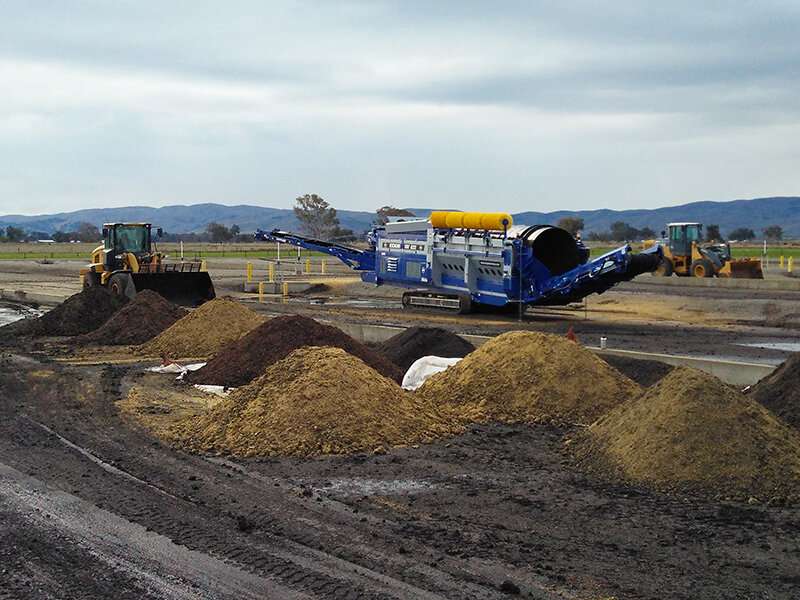Using waste to grow wonders

What goes down the drains can be used to make things grow.
Sewage sludge—carefully treated to make it safe—is used often in agriculture. Now, researchers are testing these materials, called biosolids, for use in urban settings.
In a new study, researchers combined high-quality biosolids with other urban waste—food and yard waste, sawdust, nut shells, for example. They found several such mixtures to be acceptable in terms of smell and looks, and the mixtures also supported plant growth.
Using biosolids and urban waste to make topsoil or engineer additions that increase soil fertility has several benefits.
"Soil additions must have nutrients, and ideally organic matter, to support plant growth," says Ryan Batjiaka, a researcher at the University of Washington. "We are currently very dependent on finite resources to supply these nutrients."
For example, phosphorus is often extracted from mines as rock phosphate. Nitrogen is synthetically produced using a process that consumes 3-5% of global natural gas production.
"When we use biosolids and urban residuals to create topsoil or soil additions, we are not extracting these finite resources," says Batjiaka. "Instead, we are recycling nutrients that flow through the systems we manage."

This concept extends to topsoil as well. "We can import virgin topsoil, which degrades land elsewhere," he says. "It's preferable, though, if we can use urban residuals to provide what's needed to create topsoils."
Batjiaka understands that there can be doubts and uncertainty about using municipal waste. "That's where science plays an important role," he says. "Research can provide objective information on an important resource our society will be producing endlessly."
The municipal biosolids used in the study were processed rigorously to make them safe. After processing, they met stringent Environmental Protection Agency requirements for unrestricted use.
The researchers mixed the processed biosolids with different yard or lumber waste and sand. They also had mixtures that included biochar. Biochar is derived from careful burning of plant material to retain high amounts of carbon.
Cucumber, radish and petunia seeds were planted in the different mixtures. The researchers tested both how often the seeds germinated (for cucumber and radish) and how well the plants grew (petunia). They compared results using the biosolid mixtures to results when using commercially available potting soils.
Several of the biosolid mixtures showed promising support for plant growth. In particular, biosolid and yard waste blends performed well.
But biosolid mixtures need to do more than simply support plant growth. They need to look and smell good, as well.

A group of volunteers were asked to assess and grade the visual and odor appeal of the different mixtures.
The volunteers scored several mixtures positively. Among the mixtures they ranked most positively were those made up of half biosolids and half wood waste—with no added sand.
Researchers noticed that the biosolid blends that volunteers preferred tended to be the ones that also supported good plant growth.
"This actually makes sense," Batjiaka explains. "The characteristics that can reduce plant growth—like excessive ammonia—also have unpleasant odors."
Ultimately, the study showed that municipal wastes can be used to create viable topsoil blends. These blends can then be used within and near the very municipalities that generate them.
That makes these biosolid blends sustainable and economical. "If we can produce soil products locally, we avoid trucking materials in from distant locations," says Batjiaka. "That reduces costs and emissions."
Batjiaka and colleagues are now working to scale up production of these biosolid blended soils.
"The demand for soil products in general can be expected to grow," says Batjiaka. "Resource recovery—such as reusing municipal waste—provides vital tools for dealing with the critical environmental threats we are currently facing."
More information: Ryan Batjiaka et al. Creating topsoils and soil conditioners from biosolids and urban residuals, Journal of Environmental Quality (2020). DOI: 10.1002/jeq2.20067
Journal information: Journal of Environmental Quality
Provided by American Society of Agronomy

















